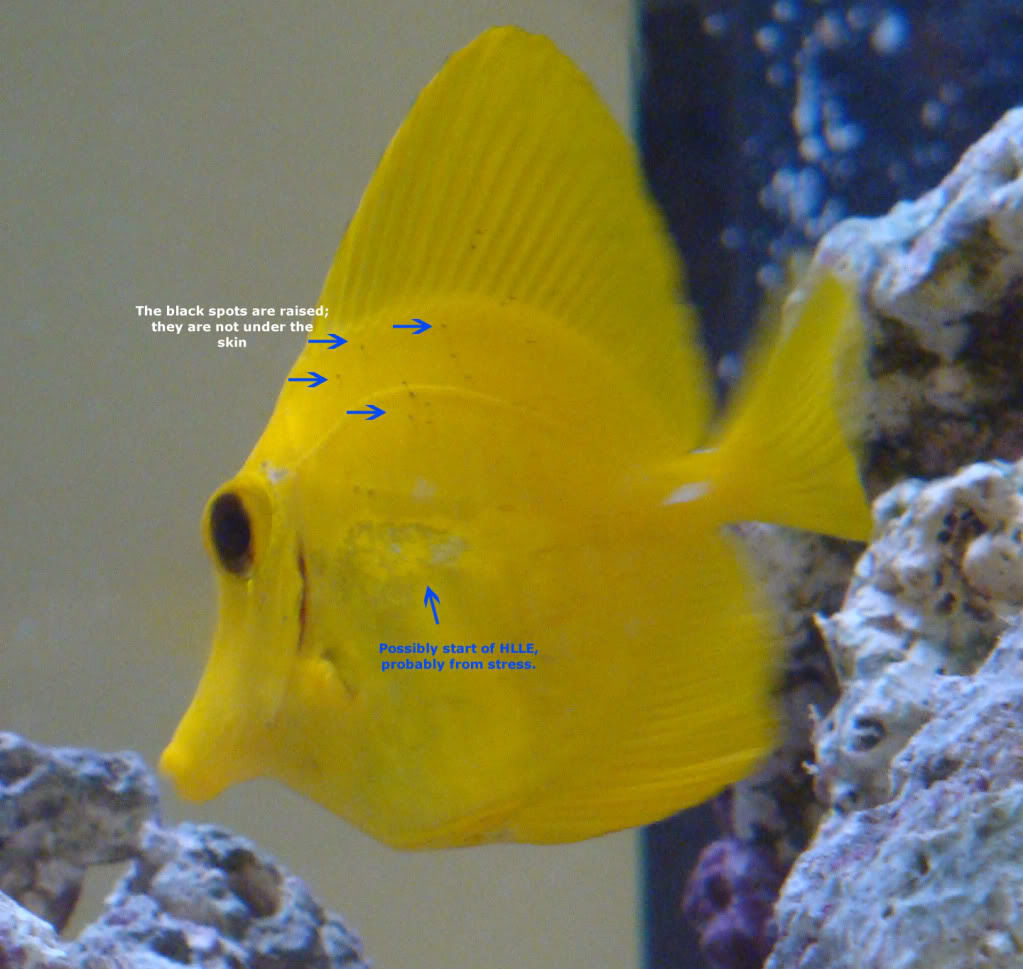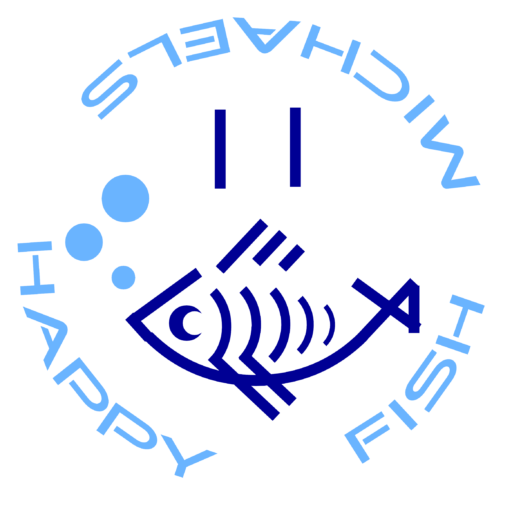- Your cart is empty
- Continue Shopping
Praziquantel (dewormer)

Praziquantel (dewormer)
IMPORTANT: Praziquantel depletes oxygen from the water. So,
add a couple of air stones (cranked on high) or point a wavemaker towards the surface to infuse more oxygen into the water when using prazi.
If the water clouds up, then increase gas exchange even more in the QT.
What It Treats:
Flukes (Monogeneans), Black Ich (Turbellarians), and intestinal worms*
*
Prazi treats trematodes & cestodes only. Fenbendazole eliminates trematodes, cestodes and nematodes. (Piperazine & Levamisole also work against nematodes, but nematodes only.)
How To Treat: For most hobbyists, it is easiest to use an aquarium medication which contains praziquantel in a Quarantine Tank: Prazipro, API General Cure and Fritz Paracleanse are examples of such which can be sourced in the US market. Two products I know of in the UK which contain prazi are: Sera Tremazol and Fluke Solve. Follow the dosing instructions for whatever product you are using, with one exception… Always use this treatment calendar to determine when is the best time to add the second dose: BeNeZe – Cawthron 2022
When using the treatment calendar (screenshot below): Be sure “Parasite Selection” is checked for all 3, and below that move the water temperature slider for your treatment tank water temp in Celsius. (Fahrenheit to Celsius conversion here.)

The treatment calendar takes water temperature into consideration which affects the lifecycle. The reason for the second dose is to eradicate the “next generation” of worms before they can lay eggs of their own. Because while Prazi does kill worms, it doesn’t eliminate any eggs they might leave behind. A 25% water change is recommended (but not absolutely required) before administering the second dose.
Some prefer to use straight praziquantel powder, but a solubilizing agent (such as ethyl alcohol or Dimethyl sulfoxide liquid NOT gel) should be utilized as powder prazi is not easily water soluble. Dimethyl sulfoxide (or DMSO) is what I personally use, and there is information here on how to use DMSO to dissolve medications. Dosages + treatment times for powder prazi are as follows:
- 2.0 – 2.5 mg/L for at least 24 hours (Quarantine Tank dosage)
- 7.5 mg/L in a 6 hour bath (temperature control and heavily aerate the water)
- 10 mg/L in a 3 hour bath (temperature control and heavily aerate the water)
^^ Which of the above is best to use when treating a known prazi sensitive species (e.g. wrasses) is debatable. You have to decide which is more tolerable for the fish: Long-term exposure at a lower dosage, or short-term exposure at a higher dosage. However, the higher bath dosages should be more effective against so-called prazi resistant flukes. When doing the baths, transfer the fish into a new/clean QT afterwards to avoid possible reinfection from fluke eggs in the old tank. And remember to do a second bath (in accordance with the treatment calendar) + transfer into a clean QT to deal with any leftover fluke eggs on the fish itself.
Prazipro is generally considered reef safe, although anytime you use medications in a tank with corals + inverts there is risk involved. With prazi, anemones + SPS may bleach; LPS + soft corals may retract; inverts are usually unaffected except for snails sometimes. Prazipro will also usually cause a protein skimmer to overskim for a week or so. The best way to pull prazi out of the water is to run carbon and do water changes.
When needing to treat for intestinal worms, it is better to lace fish food with medication than dose the water column. You can use prazi powder to do this (but NOT Prazipro), or API General Cure, or Fritz Paracleanse. Just be aware that the last two also contain metronidazole which is used to treat internal parasites (flagellates). However, since intestinal worms + parasites have many of the same symptoms it actually works out to be advantageous to food soak both medications. Symptoms include: White stringy feces, pinched stomach, faded coloration, unusual thinness i.e. fish is eating well but still seems to be losing weight. My simple recipe** for food soaking dewormers can be found below:
- 1 tbsp food (preferably frozen food or pellets)
- 1 scoop (~ 1/8 teaspoon) of medication
- 1-2 scoops of Seachem Focus (binder) OR unflavored gelatin or agar are other binding agents that can be used.
- A pinch of Epsom salt to help expel dead worms/parasites
- Several drops of saltwater or fish vitamins to wet everything down
- Stir until a medicated food slurry has been achieved
- Feed after soaking for 30 mins
- Refrigerate or freeze any leftovers for future use
-
Feed daily for 2-3 weeks
** The “proper way” to food soak medications is by weight. (Some sources say to weigh the food, some even say to weigh the fish. ) I find this to be impractical for the casual hobbyist, and that my “shotgun approach” to food soaking dewormers generally works.
Pros: Readily available, effective dewormer that is relatively gentle on most fish.
Cons/Side Effects: Appetite suppression (usually only lasts for a day or two), oxygen depletion, wrasses can be sensitive to prazi. Add a couple of air stones (cranked on high) or point a wavemaker towards the surface to infuse more oxygen into the water when using prazi. If the water clouds up, then increase gas exchange even more in the QT. Prazi resistant worms (both external and internal) do exist, so sometimes an alternative treatment must be used. This includes Hyposalinity or Formalin or Fenbendazole (to treat external worms), and food soaking Fenbendazole to deal with intestinal worms.
Further reading: Praziquantel use in aquaculture – Current status and emerging issues


